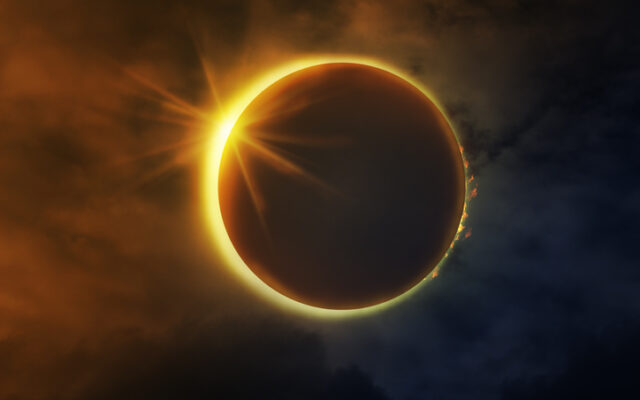Safety First: Astronomer gives safety tips in viewing solar eclipse

Courtesy of Unistellar
Marseille, France – With the solar eclipse soon approaching and excitement (rightfully) amounting, Franck Marchis, Senior Planetary Astronomer at the SETI Institute and co-founder and Chief Scientific Officer of Unistellar – the creators of the world’s most powerful and easy-to-operate smart telescopes – is reminding individuals of the importance of taking safety measures to protect their eyes while enjoying this spectacular celestial event.
The annual solar eclipse is scheduled to be visible in the US on Saturday, October 14. Witnessing this rare cosmic phenomenon is a unique and thrilling experience. However, viewing the sun directly, even during a partial eclipse, can cause permanent damage to your eyes. It can also be just as damaging to your technology, such as cameras and telescopes, if the correct measures are not taken.
To ensure a safe and memorable solar eclipse viewing experience, Marchis recommends the following guidelines:
· Use proper eye protection: Never look directly at he sun or a partial eclipse without certified solar viewing glasses or solar filters. Of note, regular sunglasses, homemade filters, or unverified viewing devices are not safe and can cause permanent eye damage.
· Get certified solar viewing glasses: Purchase eclipse glasses or solar viewers from reputable sources that meet international safety standards. Check for the certification label on the glasses to ensure they are not counterfeit and are safe for viewing the sun.
· Utilize appropriate solar filters: When using cameras or telescopes to capture the eclipse, it is essential to employ appropriate solar filters designed for solar observation, effective in blocking harmful solar radiation.
· Stay informed: Keep yourself updated with accurate information about the eclipse, including its timing and path. The position of the eclipse and its visibility may vary based on your location. The path of the eclipse can be tracked with the help from NASA here.
· Use smart technologies: When you are not used to it, pointing an instrument as the Sun can be both tricky and risky, meaning you could miss the wonderful appearance of an eclipse while tinkering with your device. Unistellar’s Smart Solar Filter is capable of automatically and accurately pointing to the Sun and tracking our star throughout the observation. Never again miss a single second of a one-time celestial event such as an eclipse.
“This upcoming solar eclipse – the first in more than two years – presents a unique opportunity to see the Moon move directly between Earth and the Sun, but protecting our eyes is of the utmost importance with an event like this,” said Marchis. “Only if you prioritize safety will you be able to fully enjoy the pure sense of wonder of observing a ring of fire surrounding the Moon.”
Smart telescopes, such as Unistellar’s eVscope 2 and eQuinox 2, offer a radically new, safe, and simple experience of observing our star, with the appropriate Smart Solar Filter attachment. Thanks to its GotoSun and Sun Tracking Technology, it will automatically point to our own star and then follow it continuously, allowing you to concentrate on the pleasure of observation. For more information on the eclipse, please visit Unistellar’s website at www.unistellar.com.
A total solar eclipse will also take place on April 8, 2024. This will be the first total solar eclipse to visit North America since 2017.
You Might Also Like



